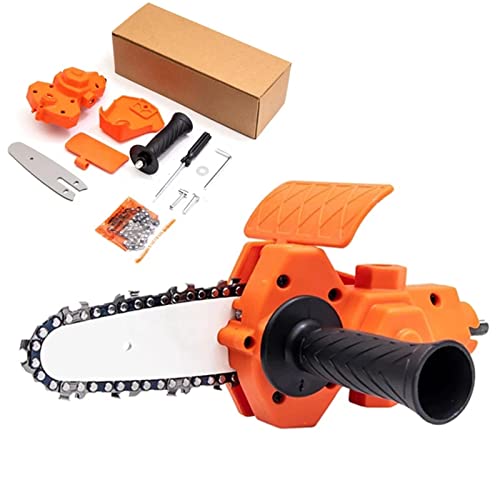mickeyd;
No this saw is not used at all now, its part of my 80 odd vintage chainsaws. The engager should just twist off while sliding up the spiraled spline of the rope rotor. I have seen them stuck on the splines quite badly at times but never so hard that they could not be separated by inserting a pry between the two parts. A flat screwdriver [ slot type ] should work , just push and wiggle it in between the two parts and the engager should rise and turn up the spline. If it will not then the whole mechanism is useless.
Pioneerguy600
No this saw is not used at all now, its part of my 80 odd vintage chainsaws. The engager should just twist off while sliding up the spiraled spline of the rope rotor. I have seen them stuck on the splines quite badly at times but never so hard that they could not be separated by inserting a pry between the two parts. A flat screwdriver [ slot type ] should work , just push and wiggle it in between the two parts and the engager should rise and turn up the spline. If it will not then the whole mechanism is useless.
Pioneerguy600



























































